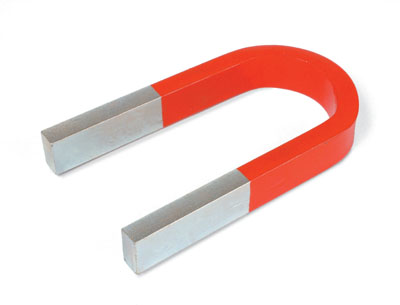
The design of the magnetics for switching supplies and switching amplifiers can be very challenging. There tends to be an aura of mystery surrounding it, thus making things even worse, but with a few good guidelines and some carefully selected resources it can be reduced to as near a science as engineering ever is…
Guidelines:
• The primary and secondary windings should be as close to each other as possible over their entire extent. Unfortunately isolation requirements do not usually allow for this.
• If a winding is inserted between a primary and a secondary, then a current will flow in this winding – this can result in significant extra losses. If it is necessary to do this (e.g. multiple windings in a flyback), then the highest power secondary windings should be placed closest to the primary.
• Making a single winding with multiple layers can result in very high losses. Refer to “Dowell’s Curves” to see how the number of layers affects the ratio of ac to dc resistance.
• With two adjacent windings, the current will tend to flow on the inside surface of each winding – this is the proximity effect. This results in even less effective conductor area than would be estimated given the skin effect alone.
• As a general guideline, make core losses as high as practical, relative to copper losses. This helps to decrease leakage inductance, copper losses, etc.
• Gapped ferrite cores often yield lower core losses than powdered iron cores, however the fringing field due to the discrete gap can result in significantly higher copper losses.
Resources:
• An estimate of the magnetic losses in a design
• A list of magnetics design “myths” from Ridley Engineering
• Eddy Current Losses in Transformer Windings by Lloyd Dixon
• Magnetics Design for Switching Power Supplies – Section 3 by Lloyd Dixon
• Switching Power Supply Design by Abraham Pressman
• Fundamentals of Power Electronics by Robert Erickson